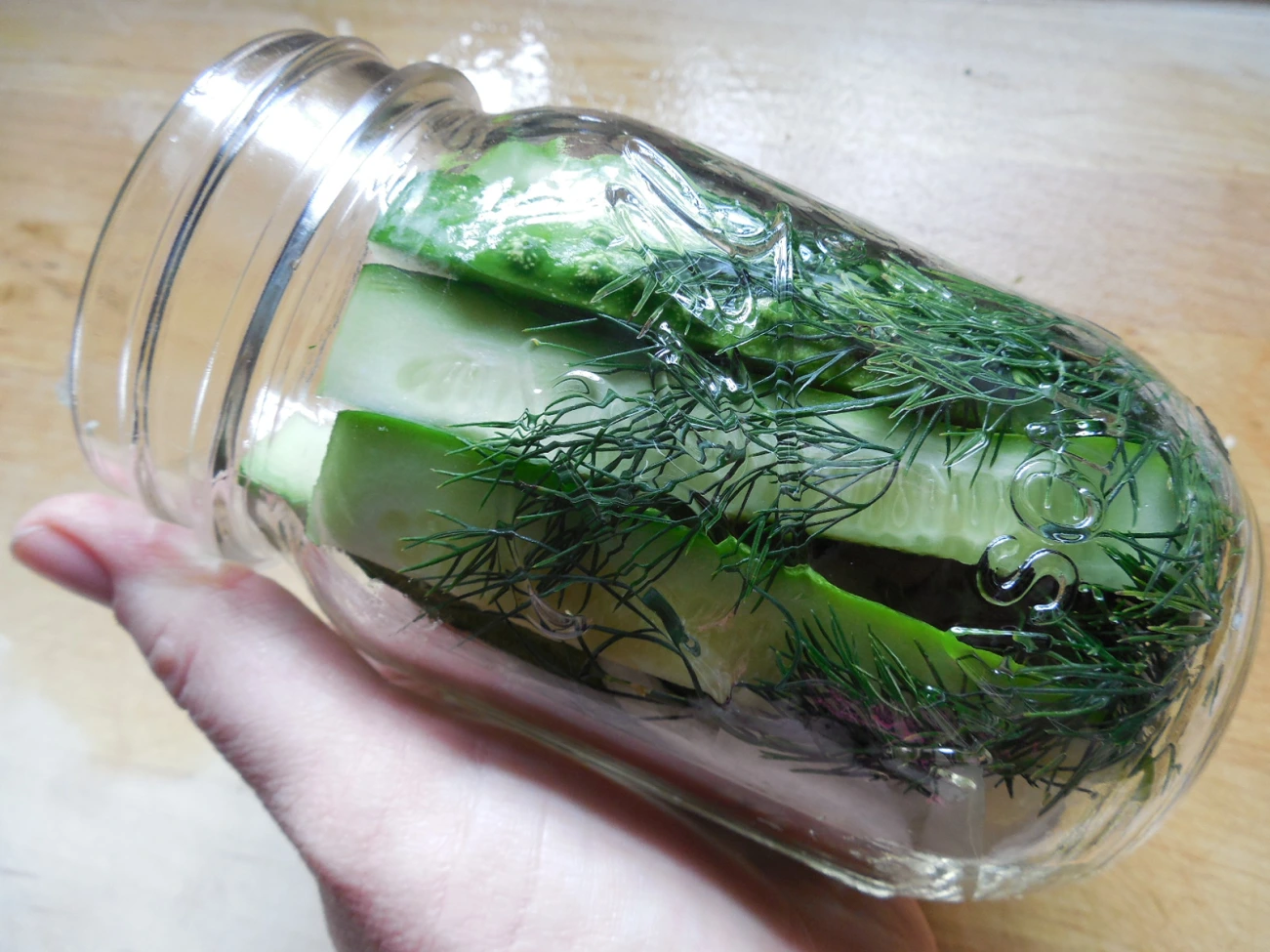

Articles
How To Store Dill In Refrigerator
Modified: October 20, 2024
Learn how to store dill in the refrigerator with our informative articles. Keep your dill fresh and flavorful for longer periods.
(Many of the links in this article redirect to a specific reviewed product. Your purchase of these products through affiliate links helps to generate commission for Storables.com, at no extra cost. Learn more)
Introduction
When it comes to herbs, dill stands out for its unique flavor and versatility. This delicate herb adds a touch of freshness and a hint of anise-like taste to a variety of dishes, making it a staple in many kitchens. Whether you grow dill in your garden or purchase it from the store, knowing how to properly store it is essential to maintain its flavor and extend its shelf life.
Storing dill in the refrigerator is the best way to keep it fresh for a longer time. The cool temperature and controlled environment of the refrigerator help to preserve its delicate leaves and vibrant aroma. However, proper storage techniques are required to prevent wilting and maintain the herb’s quality.
In this article, we will explore the importance of storing dill in the refrigerator and provide you with some useful tips for selecting and preparing dill for storage. We will also discuss alternative methods to storing dill and share some tips on maximizing its shelf life. Lastly, we will delve into how you can use stored dill in your favorite recipes. So, let’s dive in and discover how to keep dill fresh and flavorful for as long as possible!
Key Takeaways:
- Keep dill fresh in the refrigerator to extend its shelf life, maintain its vibrant flavor, and prevent wilting. Proper preparation and storage techniques are essential for maximizing the herb’s freshness.
- Utilize stored dill in various recipes, such as herb-infused butter, sauces, pickles, soups, seafood dishes, and salads, to add a burst of freshness and elevate the flavors of your culinary creations.
Read more: How To Store Dill In The Refrigerator
Why Store Dill in the Refrigerator?
Storing dill in the refrigerator offers several benefits that help preserve its freshness and flavor. Here are a few reasons why refrigeration is the ideal storage method for dill:
- Extended Shelf Life: Dill is a delicate herb that tends to wilt quickly if not stored properly. Refrigeration slows down the wilting process, keeping the herb fresh for a longer time. By storing dill in the refrigerator, you can extend its shelf life by up to two weeks.
- Maintains Aroma and Flavor: Dill’s distinct aroma and flavor can easily dissipate if exposed to heat and air. Refrigeration helps to retain the herb’s essential oils, preserving its aroma and flavor for use in your favorite dishes.
- Prevents Wilting: Dill leaves are prone to wilting when exposed to warm temperatures. Storing dill in the refrigerator’s cool environment helps to prevent wilting, ensuring that the leaves remain crisp and vibrant.
- Minimizes Oxidation: When dill is exposed to oxygen, it undergoes a process called oxidation, which leads to a loss of color and flavor. Refrigeration slows down oxidation, helping to maintain the herb’s vibrant green color and fresh taste.
- Prevents Moisture Loss: Dill leaves are high in water content, and improper storage can cause them to lose moisture quickly. Refrigeration helps to minimize moisture loss, keeping the herb hydrated and preventing it from becoming dry and brittle.
Overall, storing dill in the refrigerator not only helps to prolong its shelf life but also ensures that you get the most out of this flavorful herb. By following the proper storage techniques, you can keep dill fresh and ready to elevate your culinary creations.
Tips for Selecting Fresh Dill
When it comes to selecting fresh dill, there are a few key factors to consider to ensure you choose the best-quality herb. Here are some useful tips to help you select fresh dill:
- Look for Vibrant Green Color: Fresh dill should have a vibrant green color. Avoid dill with yellow or brown spots, as this indicates that it is past its prime.
- Check for Firmness: The stems and leaves of fresh dill should be firm and crisp to the touch. Avoid any limp or wilted dill, as it may have already started to deteriorate.
- Smell the Aroma: Give the dill a gentle sniff to gauge its aroma. Fresh dill should have a distinct, strong aroma with hints of anise and citrus. If the scent is weak or unpleasant, it may be a sign that the dill is not fresh.
- Avoid Sliminess or Excessive Moisture: Check the dill for any signs of sliminess or excessive moisture. This can be an indication of decay or poor storage conditions.
- Inspect the Leaves: Examine the dill leaves for any signs of damage, discoloration, or pests. Fresh dill should have clean and intact leaves.
It’s worth noting that freshly harvested dill from your garden or a local market may have a better flavor and aroma compared to dill that has been sitting on supermarket shelves for a while. If possible, choose locally sourced dill or grow it yourself for the best possible quality.
By keeping these tips in mind, you can ensure that you select the freshest dill available, setting the stage for flavorful and aromatic culinary creations.
Preparing Dill for Storage
Before storing dill in the refrigerator, it’s essential to prepare it properly to maintain its freshness and quality. Follow these steps to prepare dill for storage:
- Trim the Stems: Start by trimming the ends of the dill stems. Using a sharp knife or kitchen shears, remove any brown or wilted ends. Aim to remove about 1-2 inches from the bottom of the stems.
- Remove Yellowed Leaves: Inspect the dill stems for any yellowed or discolored leaves. These leaves can affect the overall quality of the herb and should be removed. Gently pluck off any undesirable leaves from the stems.
- Rinse the Dill: Thoroughly rinse the dill under cold water. This will help remove any dirt or debris that may be present on the leaves. Give the dill a gentle shake or pat dry with a paper towel to remove excess moisture.
- Bundle the Dill: Gather the dill stems together and loosely tie them with a string or a rubber band. This will help keep the dill organized and prevent it from sprawling in the refrigerator, which can lead to wilting.
- Optional: Store with a Damp Paper Towel: For an extra layer of moisture retention, you can place a slightly damp paper towel around the base of the dill stems before storing. This can help keep the herb hydrated and prevent excessive drying.
Once you have prepared the dill, it is ready to be stored in the refrigerator. Proper preparation ensures that the dill will stay fresh and flavorful for an extended period, ready to enhance your culinary creations whenever you need it.
Storing Fresh Dill in the Refrigerator
Storing fresh dill in the refrigerator is the best method to keep it fresh and maintain its flavor for an extended period. Follow these steps to store fresh dill in the refrigerator:
- Place in a Plastic Bag: Take the prepared bundle of dill and place it in a clean plastic bag. You can use a resealable bag or wrap the dill in plastic wrap. These airtight barriers help to prevent the herb from wilting and exposure to refrigerator odors.
- Seal the Bag: Seal the plastic bag, ensuring it is tightly closed. This step is crucial to maintain the herb’s freshness and prevent moisture loss. Consider squeezing out any excess air before sealing the bag.
- Store in the Refrigerator: Place the sealed plastic bag with the dill in the refrigerator. Position it in the crisper drawer, which offers a more controlled and slightly humid environment. Alternatively, you can place it on a shelf toward the back of the refrigerator.
- Avoid Crushing: Take care not to overcrowd or crush the dill while storing it in the refrigerator. Give it enough space to breathe and maintain its shape. Crowding can lead to wilting and loss of flavor.
By following these steps, you will create an ideal storage environment for fresh dill in your refrigerator. The cool temperature and controlled conditions will help extend the shelf life of the herb, allowing you to enjoy its flavor and aroma in various dishes for up to two weeks.
Remember to check the dill periodically and discard any wilted or discolored stems or leaves. This will help maintain the overall quality of the stored dill.
Store fresh dill in the refrigerator by placing it in a glass of water, covering it with a plastic bag, and securing it with a rubber band. Change the water every few days to keep it fresh.
Read more: How To Store Dill In Fridge
Alternative Methods to Store Dill
While storing dill in the refrigerator is the recommended method, there are a few alternative methods you can explore if refrigerator storage is not immediately available. Here are some alternative methods to store dill:
- Water Method: Place the freshly cut dill stems in a glass or jar filled with water, similar to how you would arrange cut flowers. Cover the herbs loosely with a plastic bag and secure it around the container. Keep the jar in a cool spot away from direct sunlight. This method can help to maintain the herb’s freshness for a few days.
- Freezing: Freezing dill is a suitable option if you have a surplus of fresh dill and want to preserve it for a longer period. Wash and pat dry the dill before placing the stems in a freezer-safe bag or container. Alternatively, you can chop the dill leaves and freeze them in ice cube trays with a little water or olive oil. Frozen dill can last for several months and is perfect for adding to cooked dishes.
- Drying: Drying dill is another method to preserve its flavor for a longer period. Hang the dill upside down in bunches or place the stems on a drying rack in a well-ventilated area away from direct sunlight. Once completely dry, remove the leaves from the stems and store them in an airtight container. Dried dill can be used for months, but note that it may have a slightly milder flavor compared to fresh dill.
- Herb Keeper: If you frequently use fresh herbs and want a convenient storage option, consider investing in a herb keeper or herb storage container. These containers are designed to prolong the freshness of herbs and provide a controlled environment for storage. They typically have a water reservoir at the bottom and a removable tray to hold the herbs.
While these alternative methods can help preserve dill for a certain period, they may not maintain the same level of freshness and flavor as refrigeration. Therefore, it is recommended to use these methods if immediate refrigeration is not possible.
Regardless of the storage method you choose, always remember to check the stored dill periodically and discard any wilted or spoiled parts to maintain the quality of the herb.
Maximizing the Shelf Life of Dill
To get the most out of your dill and extend its shelf life as much as possible, here are some tips to maximize its freshness:
- Store Immediately: As with most herbs, it’s best to use dill as soon as possible after harvesting or purchasing. The longer it sits, the more it deteriorates in quality. If you grow dill in your garden, harvest it just before you plan to use it for optimal freshness.
- Handle with Care: Dill is a delicate herb that can easily bruise or wilt. Handle it gently to avoid damaging the leaves or stems. Rough handling can accelerate the decay process and shorten the shelf life of the herb.
- Store Whole, If Possible: For the longest shelf life, store dill as whole stems instead of chopping or crushing it. The leaves will stay fresher for a longer time when attached to the stem. If you only need a small amount of dill, consider harvesting or purchasing smaller bunches to minimize waste.
- Keep it Dry: Moisture is one of the enemies of fresh herbs. Moisture can accelerate decay and lead to mold or bacterial growth. It’s crucial to thoroughly dry dill before storing it in the refrigerator. Excess moisture can be absorbed by placing a dry paper towel in the storage bag or container.
- Store in a Breathable Container: If you prefer not to use plastic bags, you can store dill in a breathable container, such as a perforated plastic container or a glass jar with a loose lid or cover. The ventilation will help prevent excess moisture buildup and maintain the herb’s freshness.
- Label and Date: If you have multiple herbs stored in your refrigerator, it’s helpful to label and date the storage bags or containers. This makes it easier to identify and use the dill within its optimal storage period.
- Don’t Wash Until Ready to Use: Washing dill before storage can introduce moisture and accelerate deterioration. It’s best to wait and wash the herb just before using it in your recipes.
- Avoid Refrigerator Door: The refrigerator door is subject to temperature fluctuations as you open and close it. Store dill on a shelf towards the back of the refrigerator, where the temperature is more stable.
By following these tips, you can maximize the shelf life of fresh dill and enjoy its vibrant flavor and aroma for an extended period. Remember, even with proper storage techniques, dill will eventually lose its freshness, so it’s best to use it within a reasonable timeframe.
Using Stored Dill in Recipes
Stored dill can still add a burst of freshness and flavor to your culinary creations. Here are some ideas on how to incorporate stored dill into your recipes:
- Herb Butter: Whip up a batch of dill-infused herb butter by combining softened butter with finely chopped dill. Use this flavorful spread to enhance grilled seafood, roasted vegetables, or freshly baked bread.
- Sauces and Dressings: Add a vibrant taste to your sauces and dressings by incorporating chopped dill. Whether you’re making a creamy dill sauce for salmon or a refreshing yogurt-dill dressing for salads, the herb will elevate the flavors.
- Pickles and Fermented Vegetables: Dill is a classic ingredient in pickling recipes. Add dill sprigs to pickled cucumbers, carrots, or other vegetables for a tangy and aromatic twist. The stored dill will infuse the pickles with its distinctive flavor.
- Soups and Stews: Fresh or dried dill can be a wonderful addition to soups and stews. Add it to broths, vegetable soups, or hearty stews for a burst of herbaceous freshness.
- Seafood Dishes: Dill pairs exceptionally well with seafood. Sprinkle chopped dill over grilled or baked fish, shrimp, or scallops. The herb’s bright, citrusy notes enhance the natural flavors of seafood.
- Egg Dishes: Scrambled eggs, omelets, and frittatas can benefit from the addition of dill. Simply sprinkle some chopped dill over your eggs during cooking for an extra layer of flavor.
- Salads: Fresh dill can take your salads to new heights. Toss it with leafy greens, cucumber, tomatoes, and feta cheese for a refreshing and herbaceous salad. Dill also complements creamy potato, pasta, or chicken salads.
- Marinades and Rubs: Create a delicious marinade or rub for grilled meats by combining dill with other flavorful ingredients like garlic, lemon juice, and olive oil. Let the meat marinate for a few hours to infuse it with the dill’s essence before cooking.
These are just a few ideas to get you started, but don’t be afraid to experiment and get creative with your use of stored dill. Remember to taste and adjust the amount of dill based on your personal preference and the specific dish you’re preparing.
By utilizing stored dill in your recipes, you can continue to enjoy its unique flavor and aroma, even after it has been stored for some time. So, explore the possibilities and let dill elevate your culinary creations!
Conclusion
Dill is a versatile herb that adds a burst of freshness and flavor to a wide range of dishes. Knowing how to properly store dill is essential to maintain its quality and extend its shelf life. Storing dill in the refrigerator is the best method, as it provides a cool and controlled environment that helps preserve the herb’s delicate leaves and distinct aroma.
Throughout this article, we explored the importance of storing dill in the refrigerator and provided you with valuable tips for selecting and preparing dill for storage. We discussed alternative methods such as the water method, freezing, and drying for storing dill when refrigeration is not immediately available.
To maximize the shelf life of dill, we covered important tips such as handling the herb with care, storing it in a dry and breathable container, and labeling and dating for easy identification. These practices help ensure that your dill stays fresh and ready for use in your culinary adventures.
Lastly, we discussed various ways to incorporate stored dill into your recipes, from herb-infused butters and sauces to pickles, soups, seafood dishes, and more. The versatility of dill allows you to experiment and add a unique touch to your favorite dishes.
By following the guidelines and tips provided in this article, you can confidently store dill in the refrigerator and enjoy its fresh flavor for an extended period. So, keep your dill fresh, bring it out when needed, and let its vibrant taste elevate your culinary creations!
Frequently Asked Questions about How To Store Dill In Refrigerator
Was this page helpful?
At Storables.com, we guarantee accurate and reliable information. Our content, validated by Expert Board Contributors, is crafted following stringent Editorial Policies. We're committed to providing you with well-researched, expert-backed insights for all your informational needs.
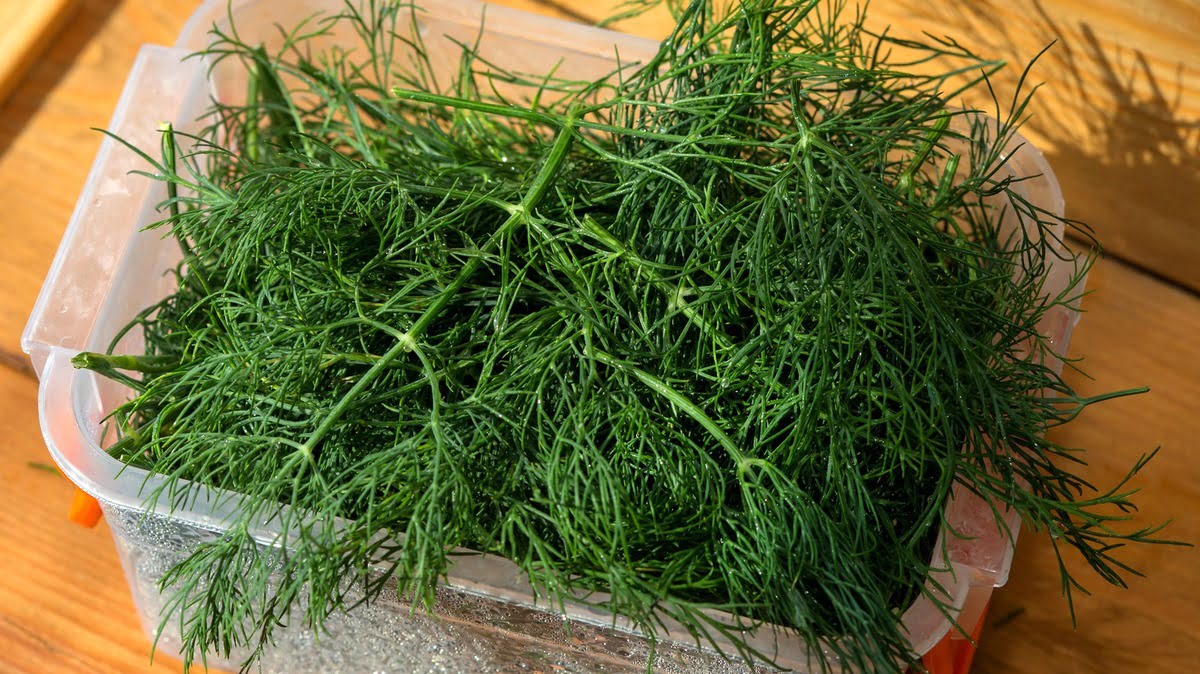
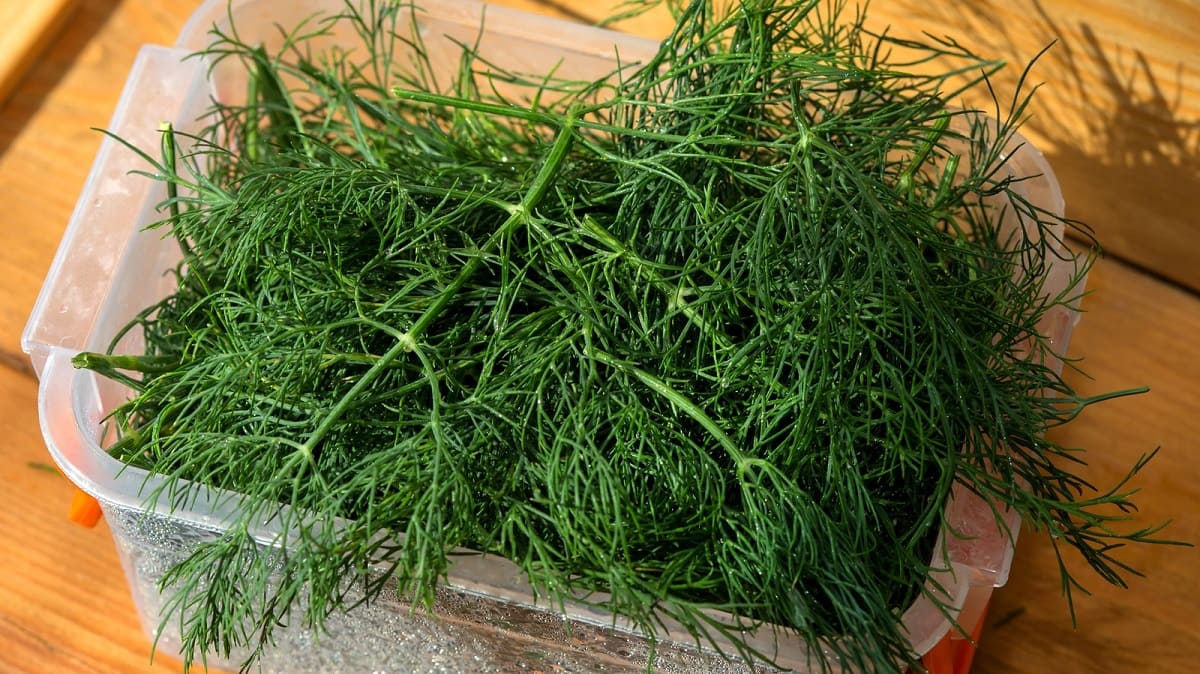
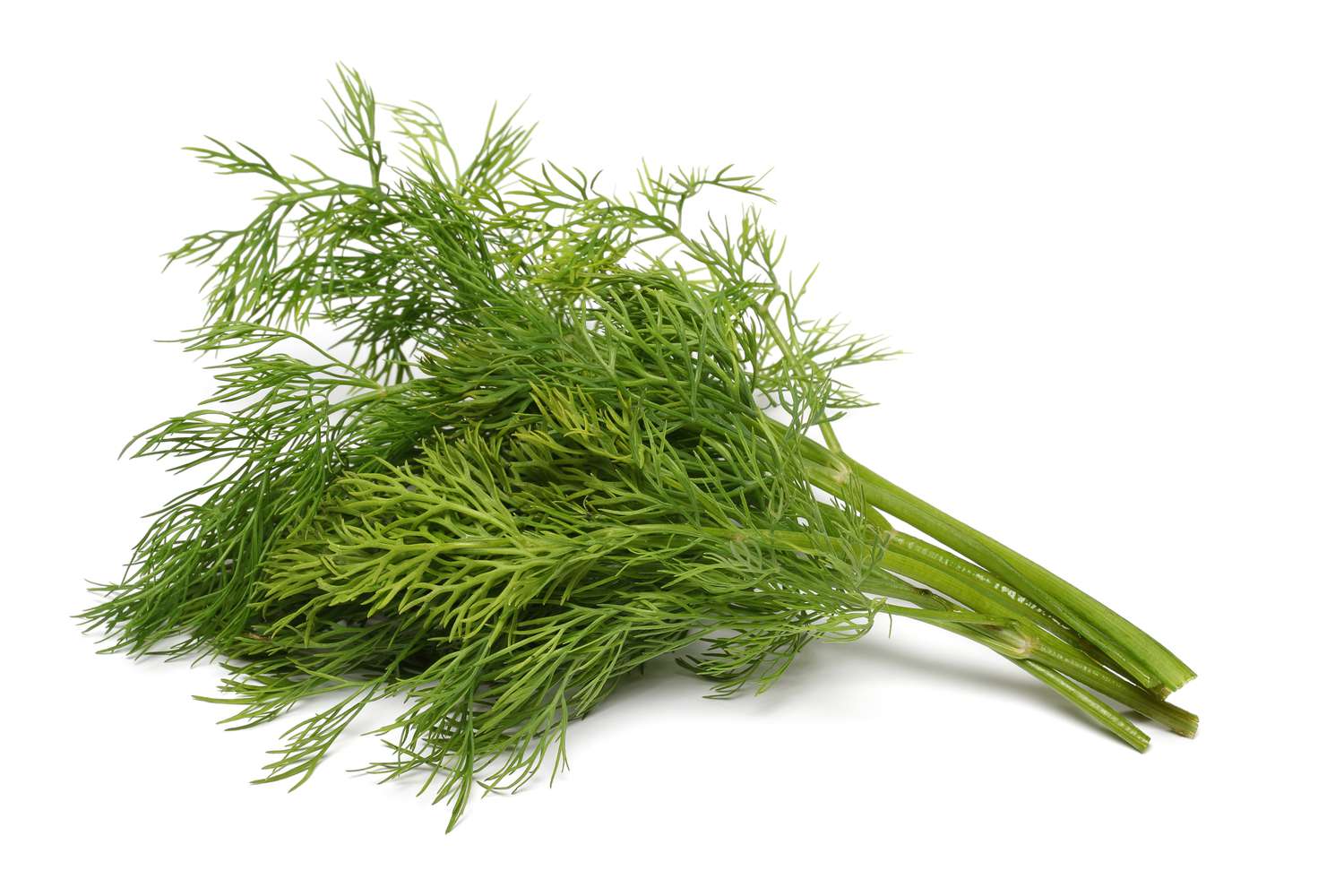
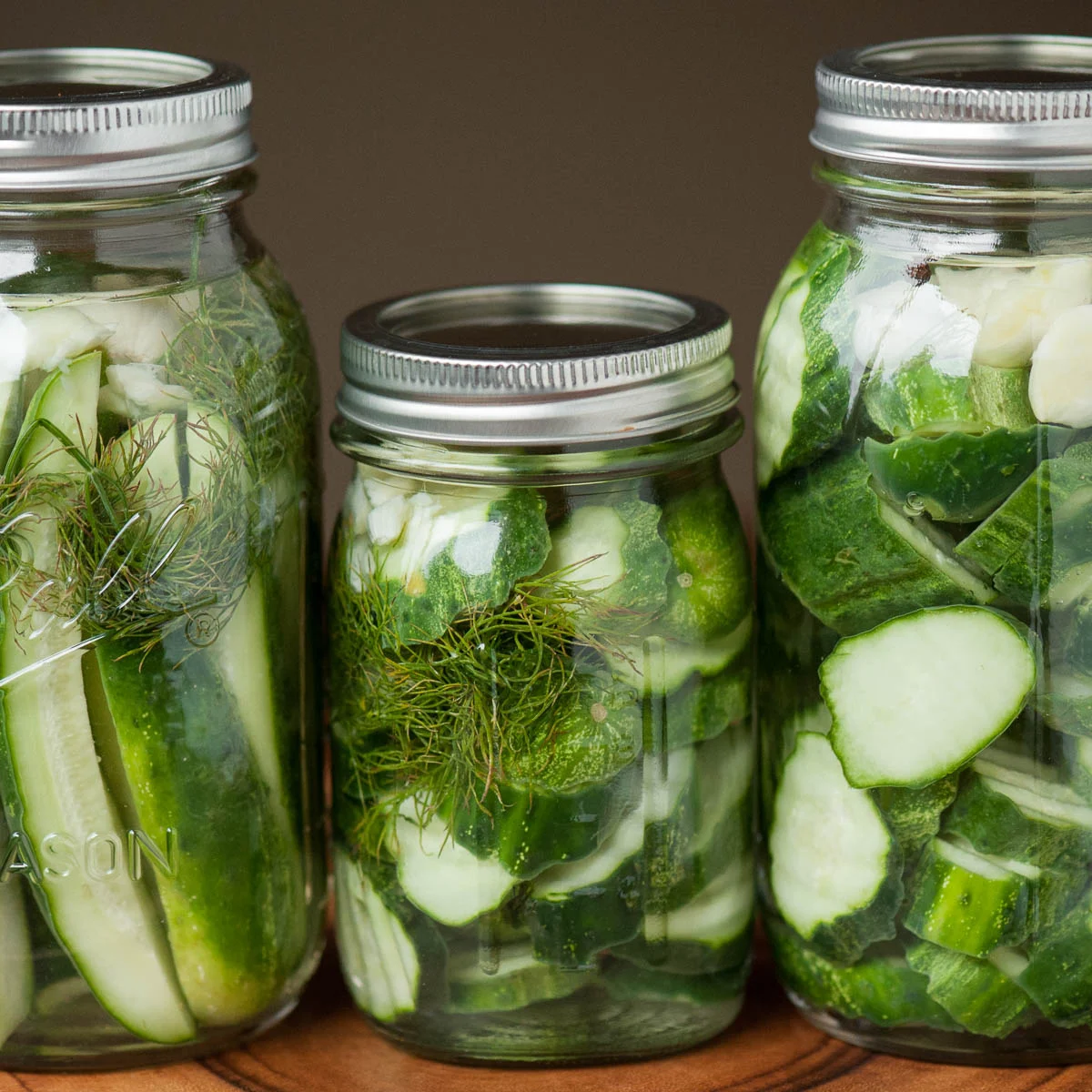
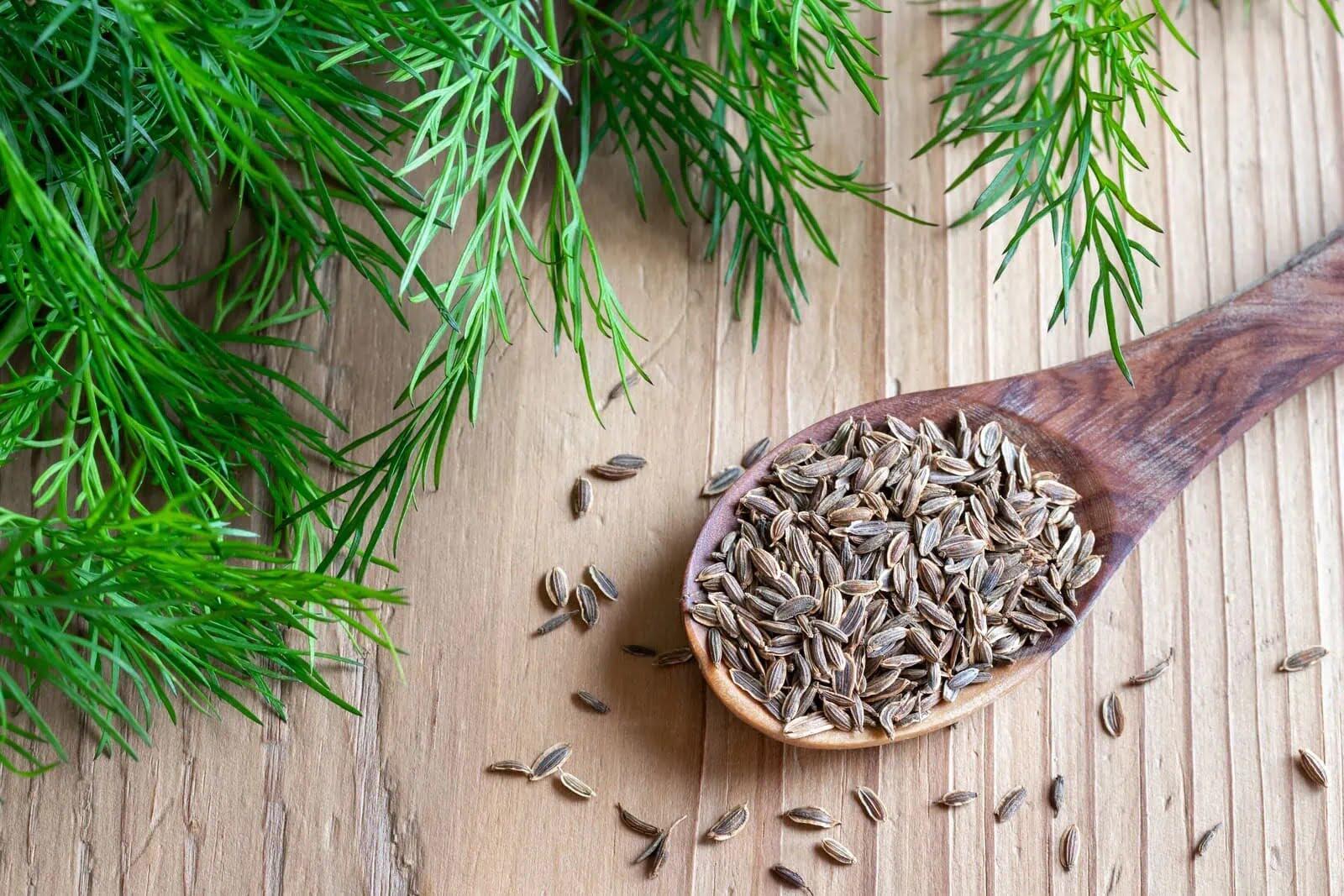
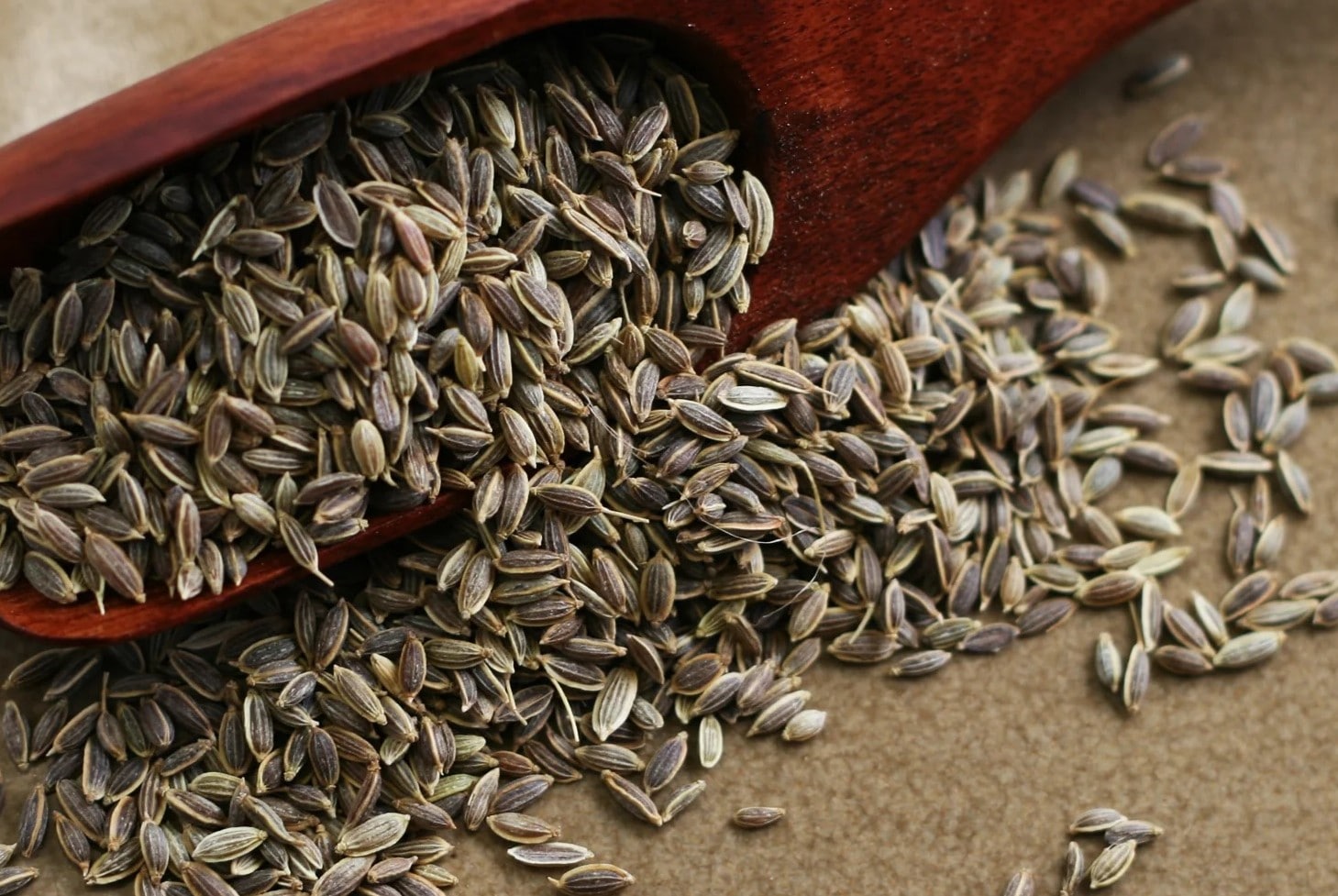
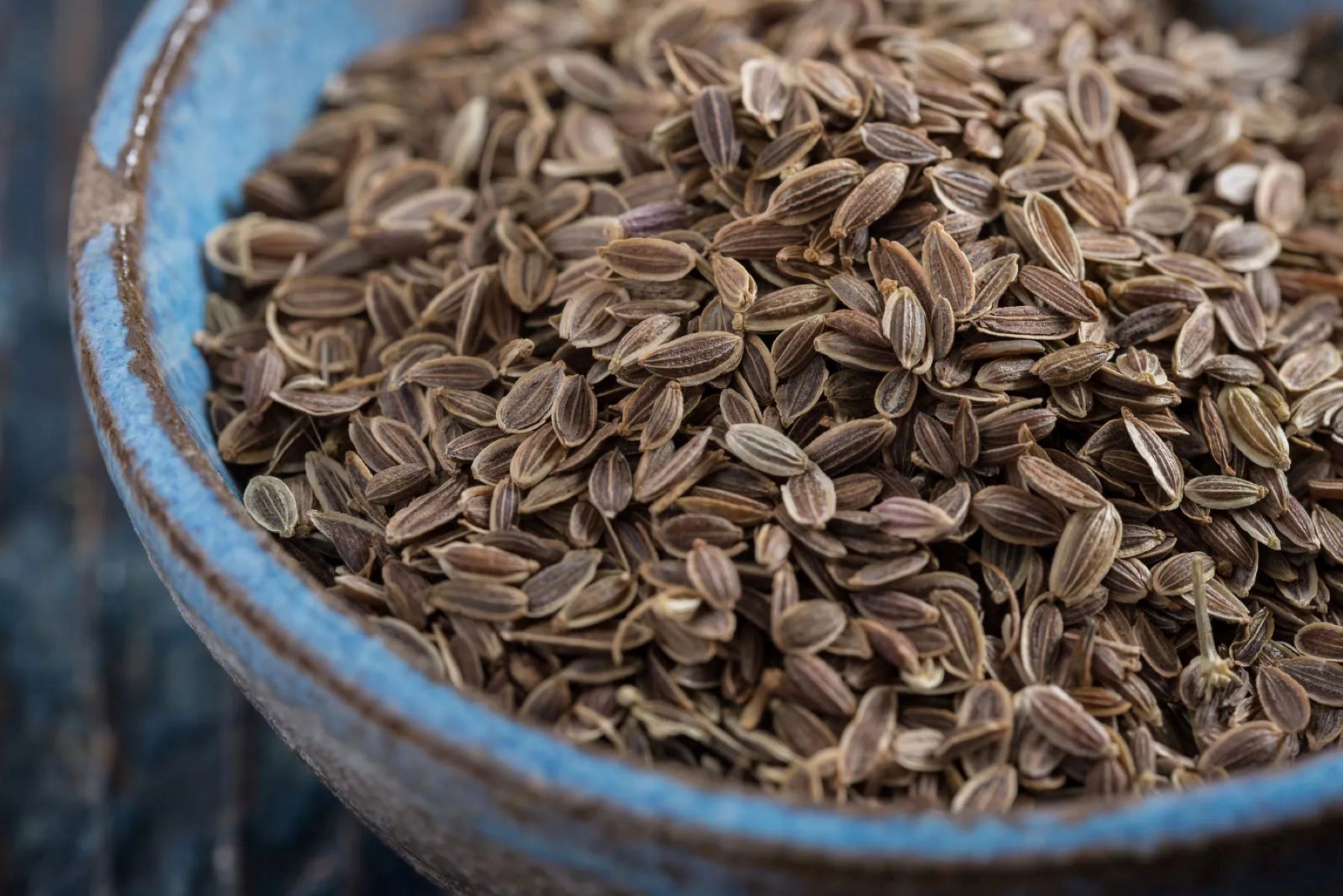

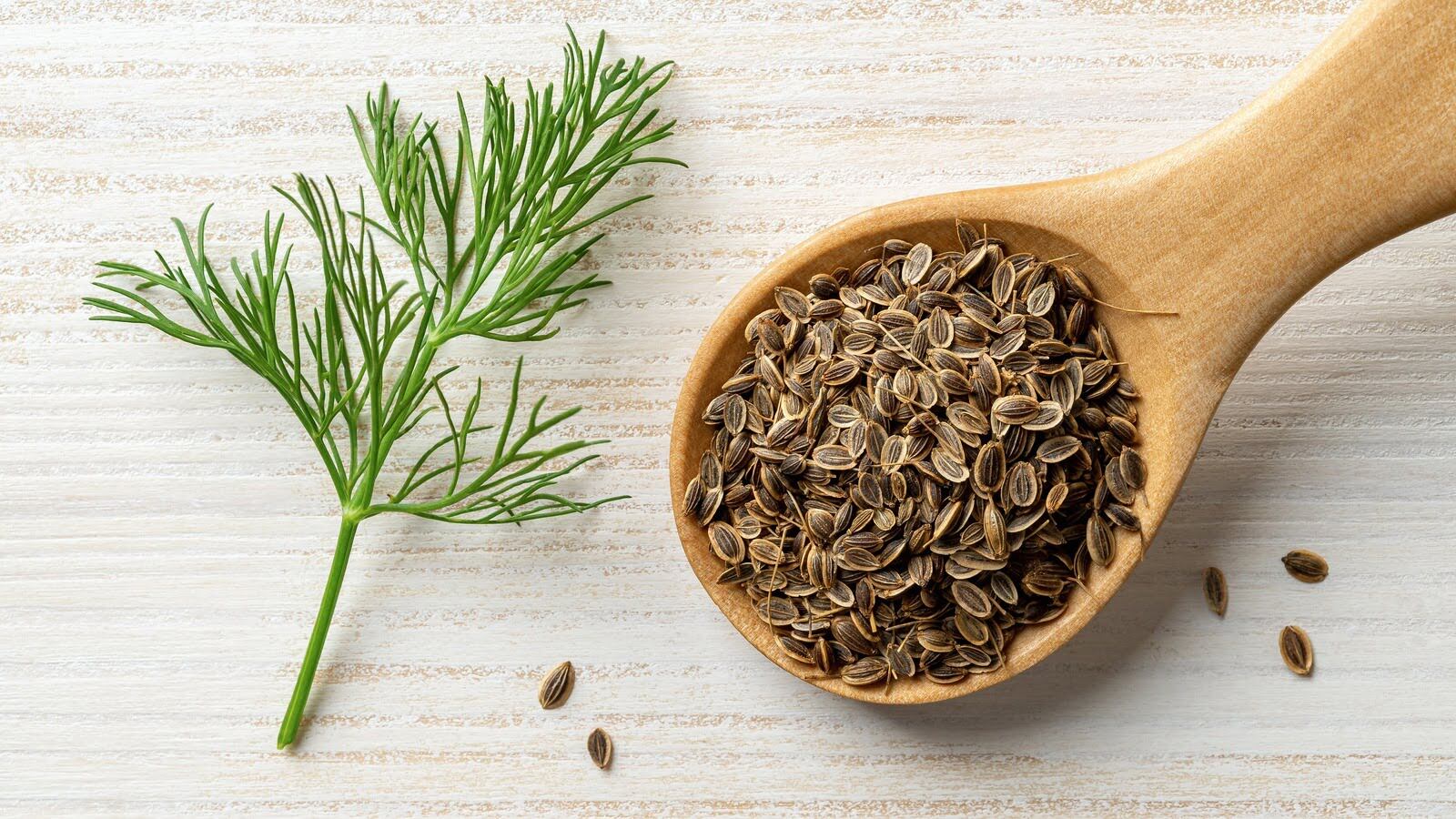
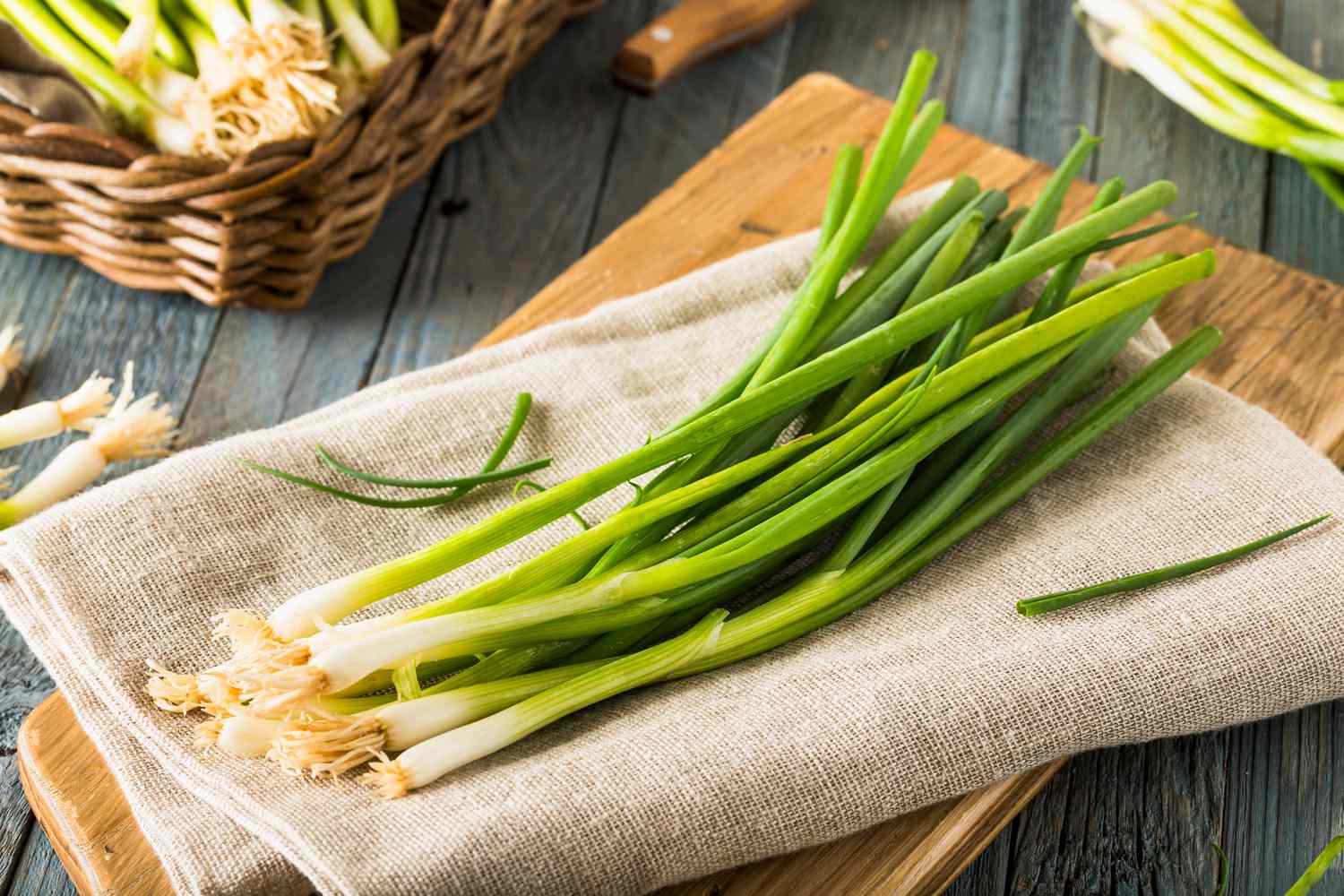
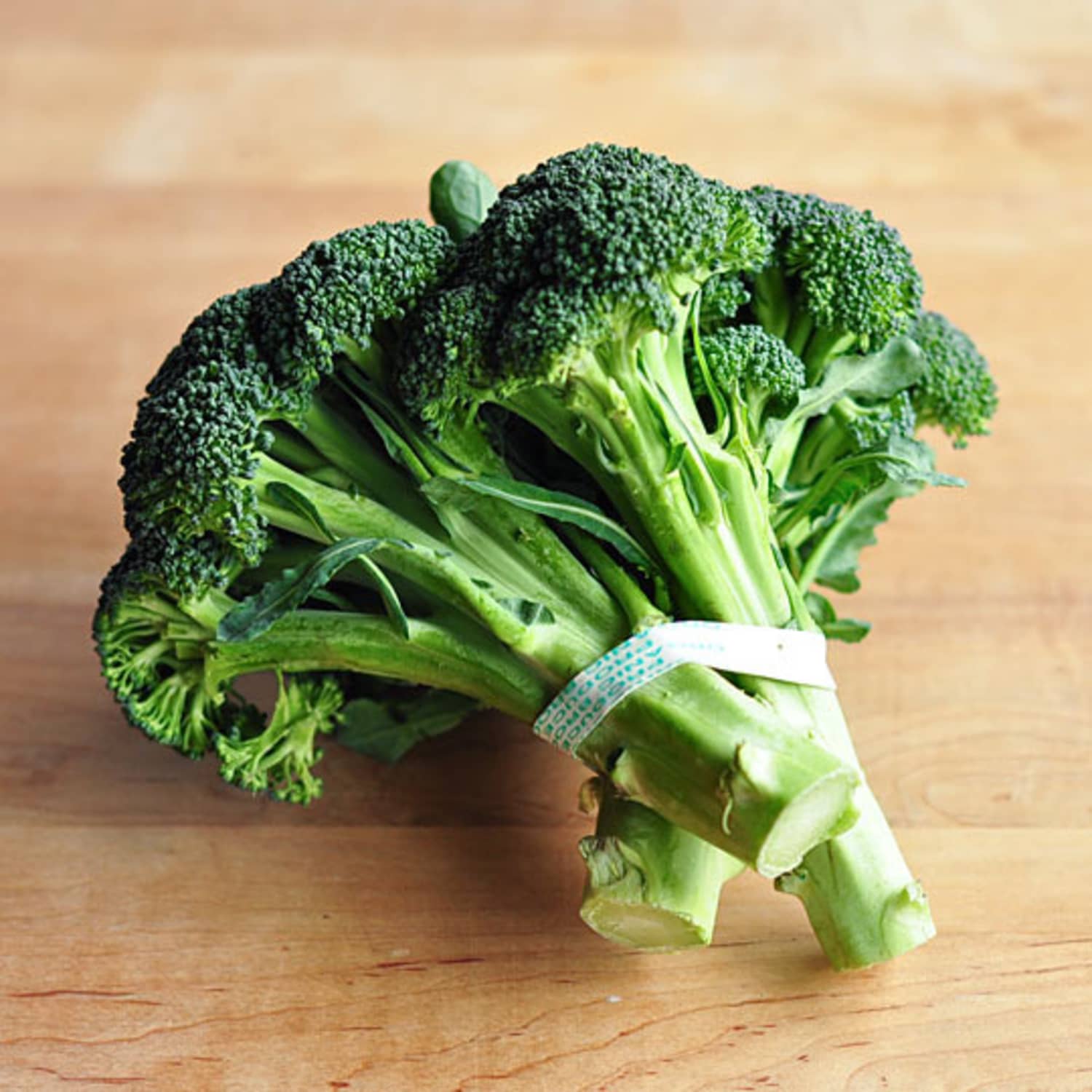
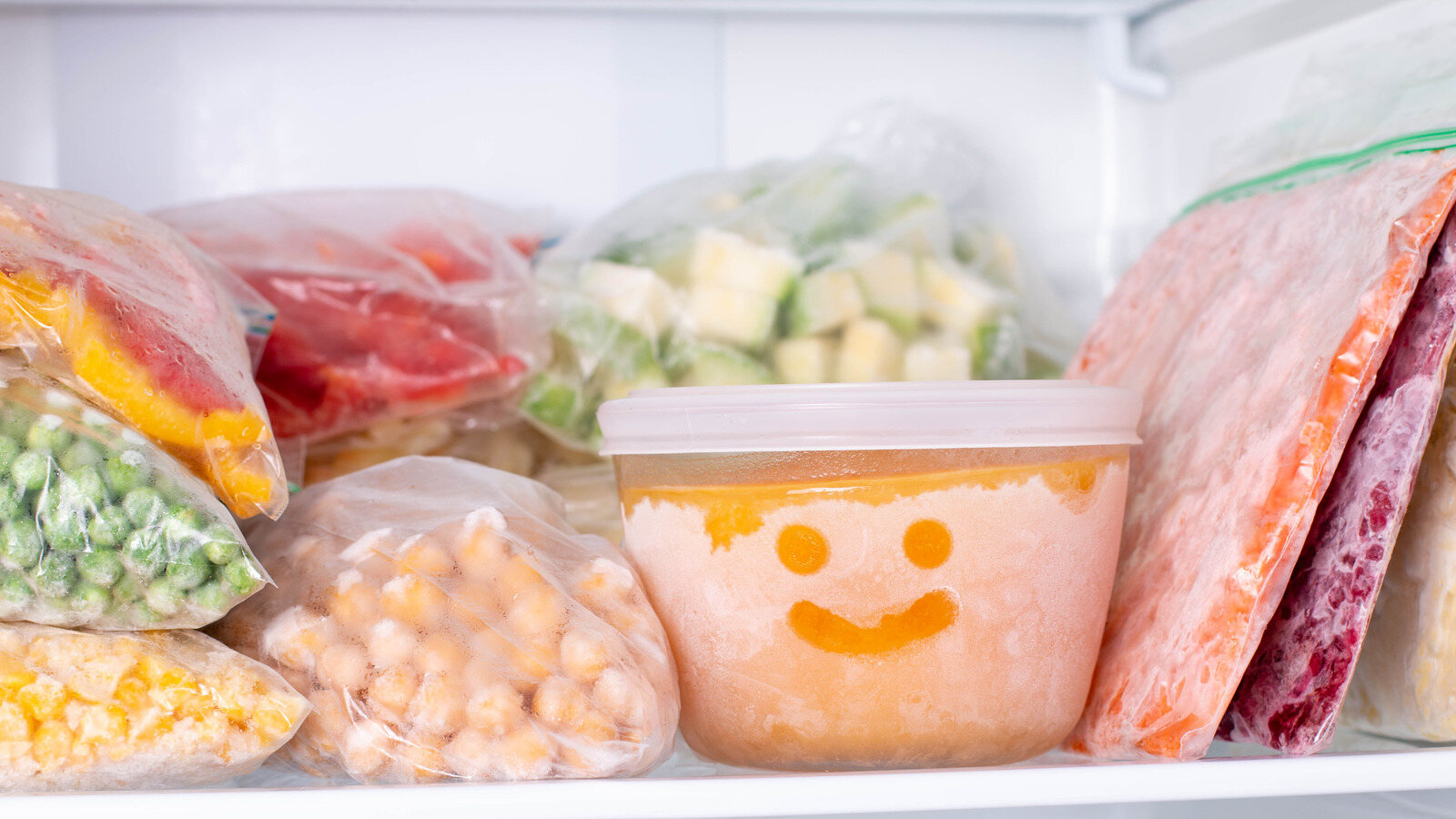
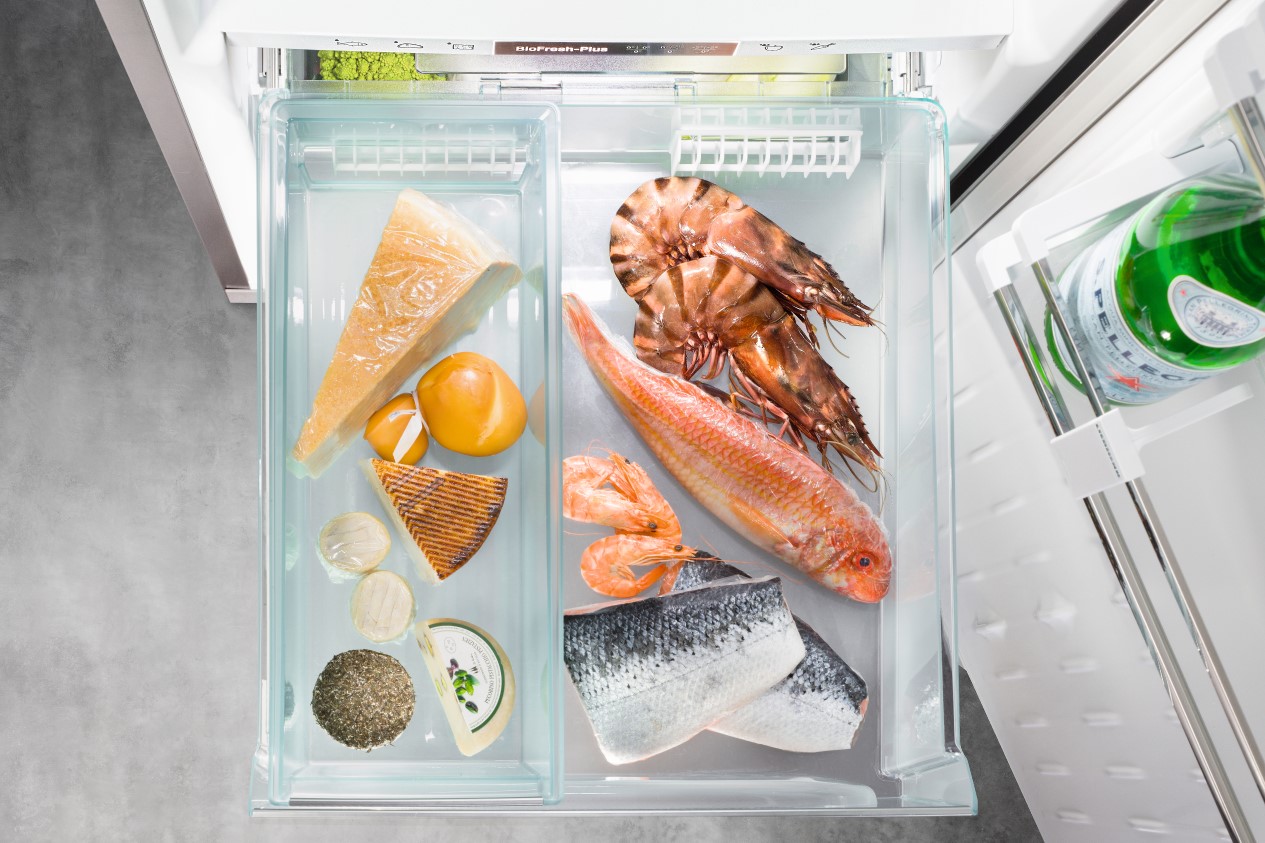
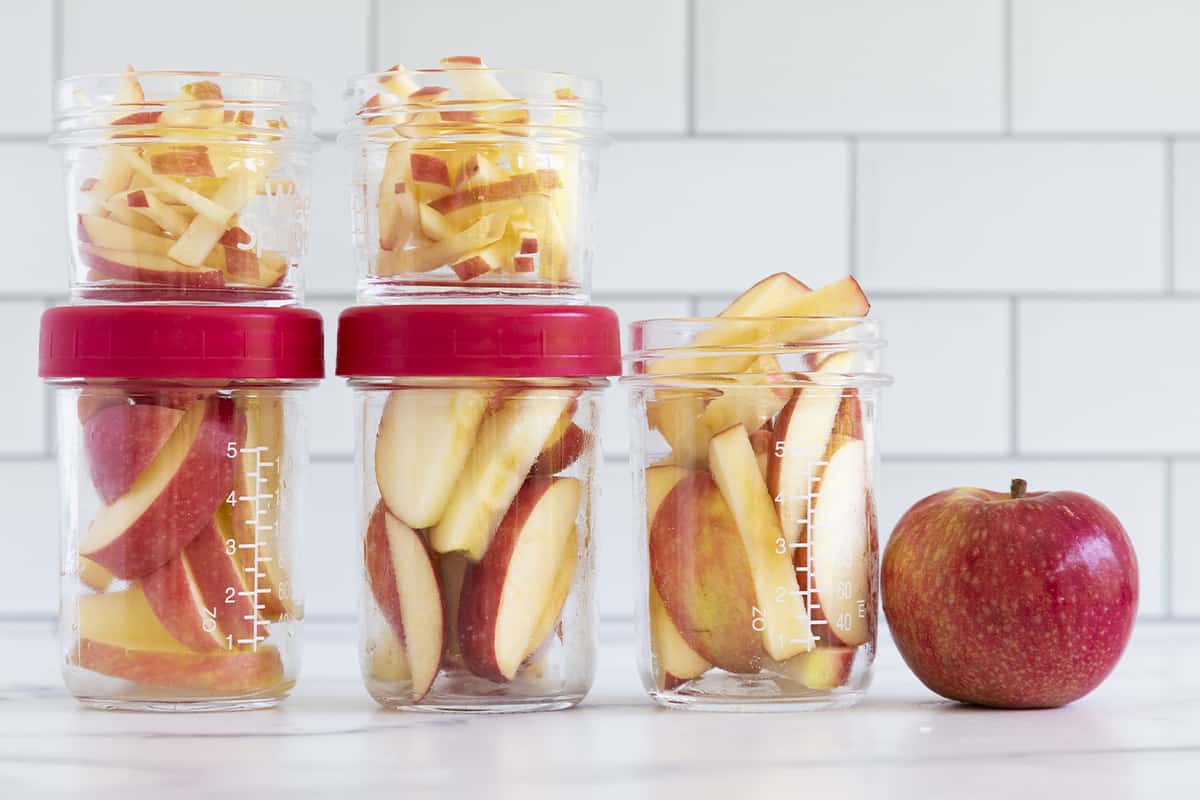

0 thoughts on “How To Store Dill In Refrigerator”